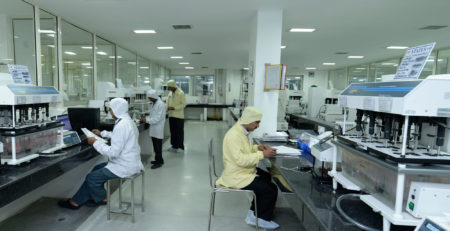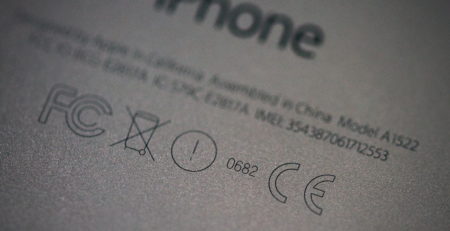ROHS
RoHS stands for Restriction of Hazardous Substances Directive 2002/95/EC. RoHS originated in the European Union and restrict the use of certain hazardous substances in Electrical and Electronic equipment. RoHS specifies maximum allowable level of following 10 substances.
- Lead (Pb) : <1000 ppm
- Mercury (Hg) :<100 ppm
- Cadmium (Cd) :<100 ppm
- Hexavalent Chromium (Cr VI) :<1000 ppm
- Polybrominated Biphenyls (Pbb) :<1000 ppm
- Polybrominated Diphenyls Ethers (Pbde) :<1000 ppm
- Bis (2-Ethylhexyl) phthalate (Dehp) :<1000 ppm
- Benzyl butyl phthalate (Bbp) :<1000 ppm
- Dibutyl phthalate (Dbp) :<1000 ppm
- Disobutyl phthalate (Dibp) :<1000 ppm
In order to manufacture products within or import into the European Union, manufacturers are responsible for providing due diligence documentation. EUROGLOBE assures mandatory requirement for the European Union and improve reliability and efficiency of the products. RoHS testing method are ICP-MS, ICP-OES, GC-MS, GC-ECD, FTIR, UV-VIS and other methods.
Adoption of RoHS, other jurisdiction have or in the process of creating similar restriction of hazardous substances legislation includes Turkey RoHS, California RoHS, China RoHS and India RoHS.
EUROGLOBE provides compliance certification and testing services for RoHS. Organization who sells applicable electric and electronic equipment, component and sub-assemblies directly to European countries, sell to distributors or integrators that turn in sell product to European market, is impacted if they utilize any of the restricted substances, RoHS should be complied by organization involve in production of electrical and electronic products, destined for the European market. The restricted materials are hazardous to the environment and pollute landfills, and are dangerous in terms of occupational exposure during manufacturing and recycling. Portable ROHS analyzers, also known as X-ray fluorescence or XRF metal analyzers, are used for screening and verification of ROHS compliance.








